After finishing our time at St. Paul’s and crossing the Millennium Bridge, I took this shot looking back across the Themes at the dome of the cathedral. The Themes flows from west to east (left to right) and is affected by the North Sea’s tides, so the river level does rise and fall twice a day.
Bankside Walk and Borough Market
Even from the bridge, Shakespeare’s Globe catches your eye.
Built in 1997, the Globe is a realistic replica.
The original Globe Theatre was built in 1599 by the playing company, Lord Chamberlain’s Men, to which Shakespeare belonged, and was destroyed by fire on 29 June 1613. The fire was caused by an accident with a cannon during a production of Henry VIII. The theatre was rebuilt by June 1614, but was officially closed by pressure of Puritan opinion in 1642 and demolished in 1644.
Another gorgeous door with a plaque informing that Christopher Wren lived here during the building of St. Paul’s Cathedral as well as in 1502, Catherine of Aragon who became the first wife of Henry VIII, took shelter on her first landing in London.
Throughout London we enjoyed the talent of musicians. Many times in the underground stations or sidewalks. This young man, dressed so dapper, made music using a bow and saw.
The Musical Saw is generally played seated with the handle squeezed between the legs, and the far end held with one hand. Some sawcerors play standing, either with the handle between the knees and the blade sticking out in front of them, or with the handle under the chin (like a violin).
The saw is usually played with the serrated edge, or “teeth”, facing the body, though some players face them away. Some saw players file down the teeth for added comfort.
To sound a note, a sauceror first bends the blade into an S-curve. The parts of the blade that are curved are damped from vibration, and do not sound. At the center of the S-curve a section of the blade remains relatively flat. This section, the “sweet spot”, can vibrate across the width of the blade, producing a distinct pitch: the wider the section of blade, the lower the sound.
Sound is usually created by drawing a bow across the back edge of the saw at the sweet spot, or sometimes by striking the sweet spot with a mallet.
The sawist controls the pitch by adjusting the S-curve, making the sweet spot travel up the blade (toward a thinner width) for a higher pitch, or toward the handle for a lower pitch.
Harmonics can be created by playing at varying distances on either side of the sweet spot. Sawcerors can add vibrato by shaking one of their legs or by wobbling the hand that holds the tip of the blade. Once a sound is produced, it will sustain for quite a while, and can be carried through several notes of a phrase.
Walking on toward Southwark Bridge (London Bridge is two bridges past this one).
Daybag on his back, map tucked under his arm, souvenir bag in his hand and trying to use GPS with sketchy WIFI, this tourist still makes my heart skip.
An unexpected grove of birch trees called out photo-op.
Southwark Bridge
We encountered a few words that caused us confusion in pronunciation and Southwark was one of them. But I spoke with an expert about our uncertainty and now we know…
it’s pronounced Suth uck and you say it all together and quite fast if you see what I mean 

This amazing yellow door called to me before we got off the bridge.
Just look at this beautiful building! It’s The Anchor and is a pub in the London Borough of Southwark, on the South Bank of the Thames. Built in 1615, a tavern establishment has been at the pub’s location for over 800 years.
See the faint, pointy building in the background? It is called The Shard and I will share more about it in a future post. Amazing to see the old and the modern (including the store fronts) nestled together.
Michelin’s travel guide states that Anchor Bankside was rebuilt in 1676 after the Great Fire of London in 1666 destroyed it. The establishment was also rebuilt again in the 19th century. The Anchor has been described as “Bankside’s oldest surviving tavern” source
Turn the corner and it looks as though we’ve entered Charles Dickens era as we passed by the Clink Prison Museum.
The Clink was a notorious prison in Southwark, England which functioned from the 12th century until 1780. The manor and prison were owned by the Bishop of Winchester and situated next to his residence at Winchester Palace. The Clink was possibly the oldest men’s prison and probably the oldest women’s prison in England.
The origins of the name “The Clink” are uncertain, but is possibly derived from the sound of striking metal as the prison’s doors were bolted, or the rattling of the chains the prisoners wore. source
For centuries to be thrown into the Clink has meant to be jailed. The Clink was a real and fearsome English prison. Because it was independent from London law and owned by the Bishop of Winchester, it could make up its own rules. It was a huge source of money for the Church because the only way to escape harsh punishments that included flogging, boiling in oil, starvation, breaking on the rack and wheel and prisoners being forced to stand in freezing water until their feet rotted was to repeatedly pay enormous bribes.
This wall with the medieval rose window is all that remains of Winchester Palace. It was once an 80-acre estate with gardens, fountains, tennis courts, working farm and fish-stocked lake. Bishops from 1106 to 1626 live here as wealthy, worldly rulers. (Rick Steves)
Borough Market
Notice the variety of mushrooms!
The Best Fish & Chips John ever had!
And my chicken wrap was d.e.l.i.c.i.o.u.s!
You might also like…
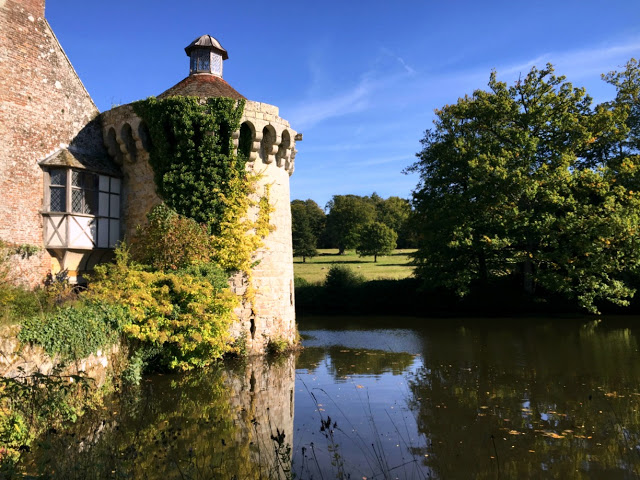
Buckingham Palace and The Royal Mews
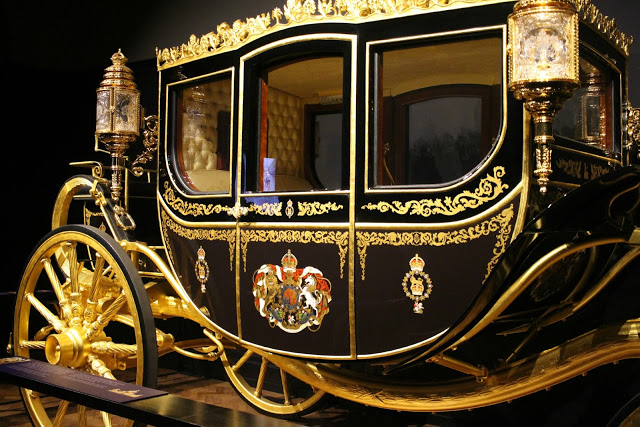
 Each issue of our Newsletter is timely and helpful and jam-packed with food, crafts, occasional DIY, gardening and faith resources. Relevant and seasonal posts to inspire and guide you with current trends. Available only to those who request it, so please accept our invitation to stay connected and join the Grateful Prayer Thankful Heart community. Just click the subscribe button below.
Each issue of our Newsletter is timely and helpful and jam-packed with food, crafts, occasional DIY, gardening and faith resources. Relevant and seasonal posts to inspire and guide you with current trends. Available only to those who request it, so please accept our invitation to stay connected and join the Grateful Prayer Thankful Heart community. Just click the subscribe button below.
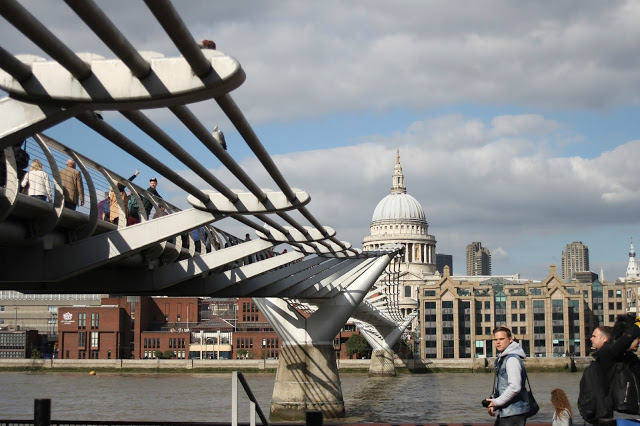
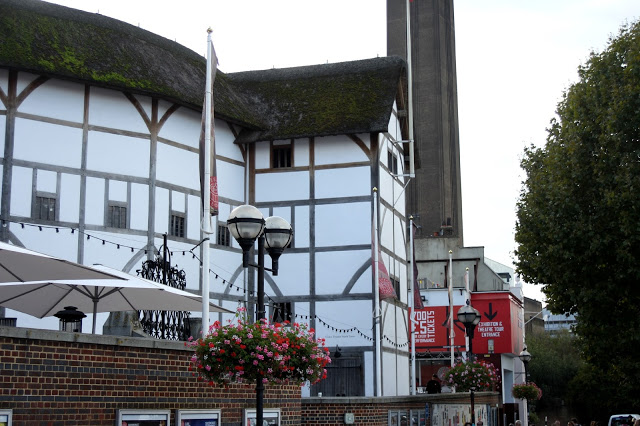
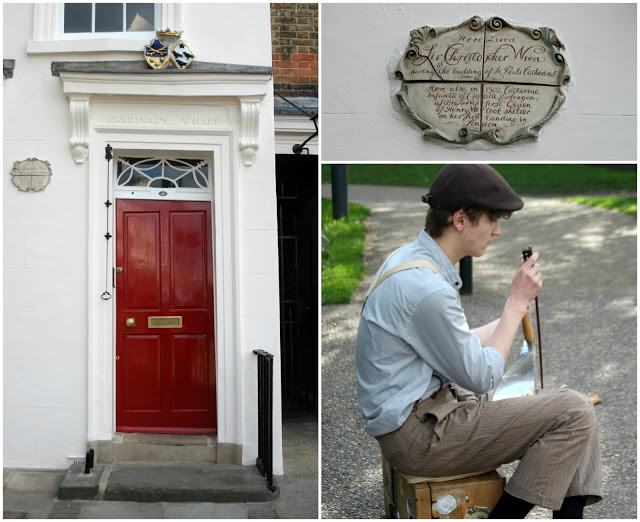
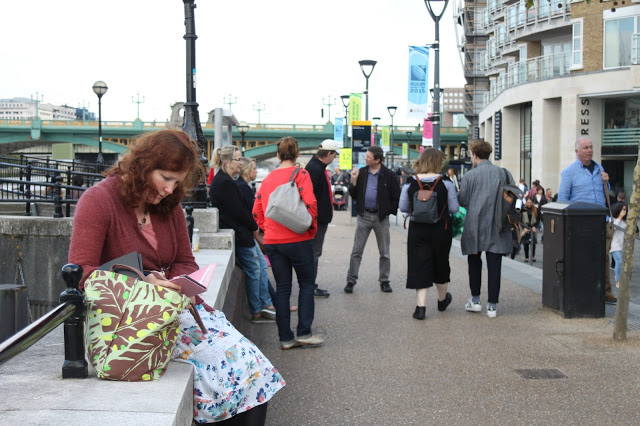

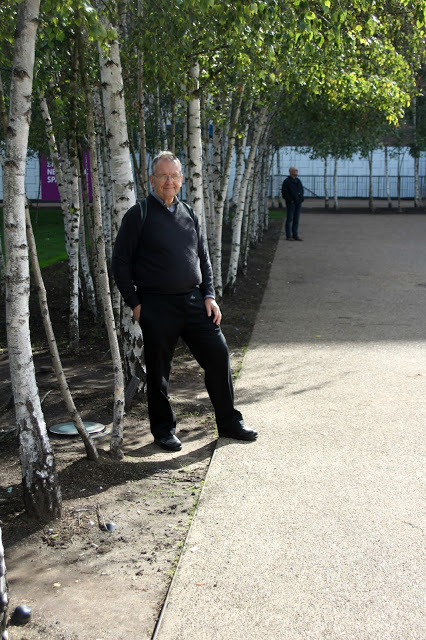
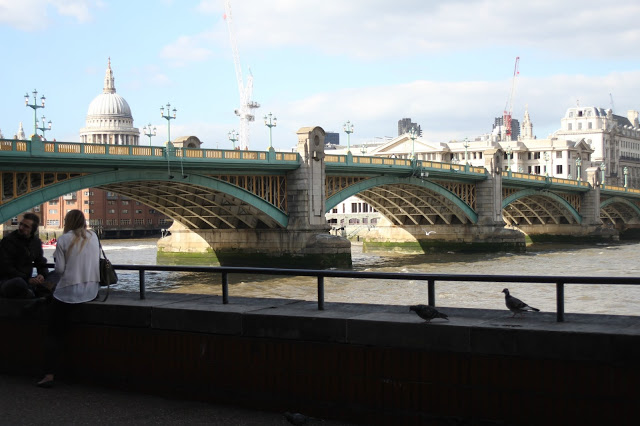
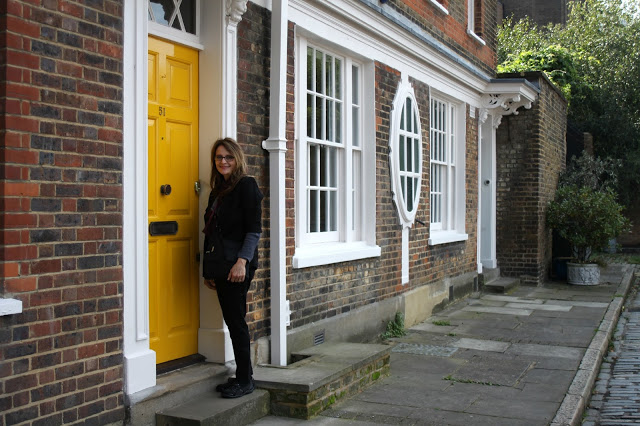
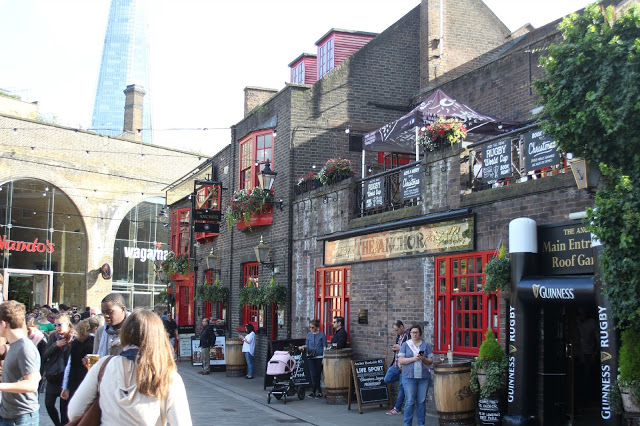
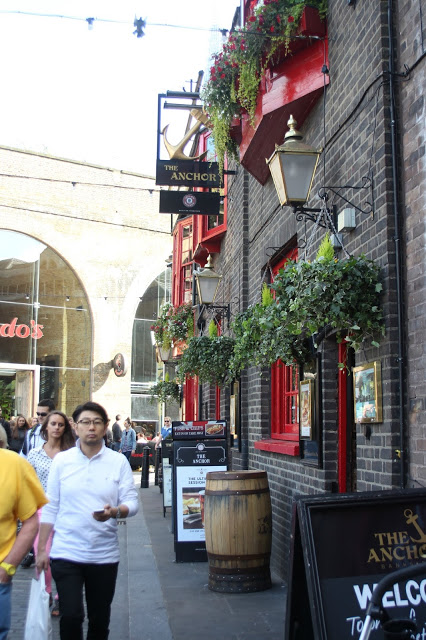
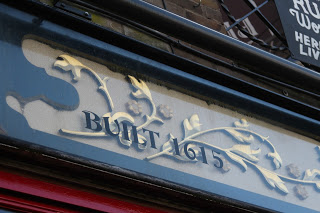
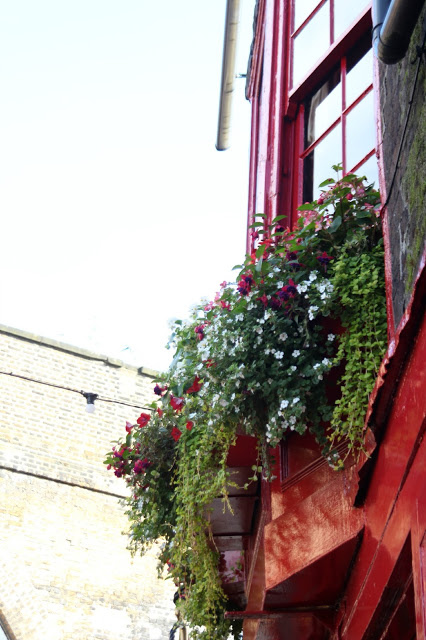



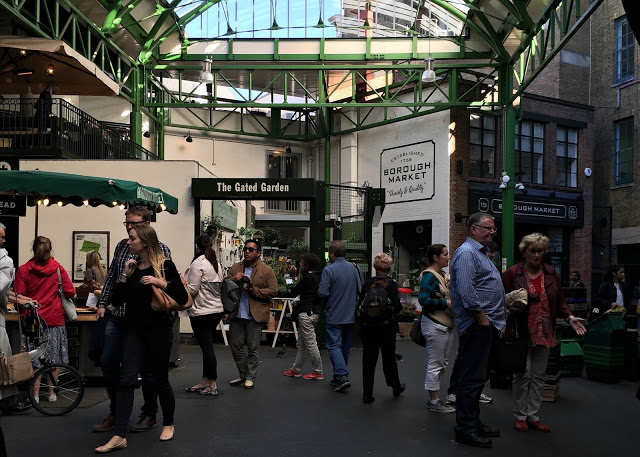
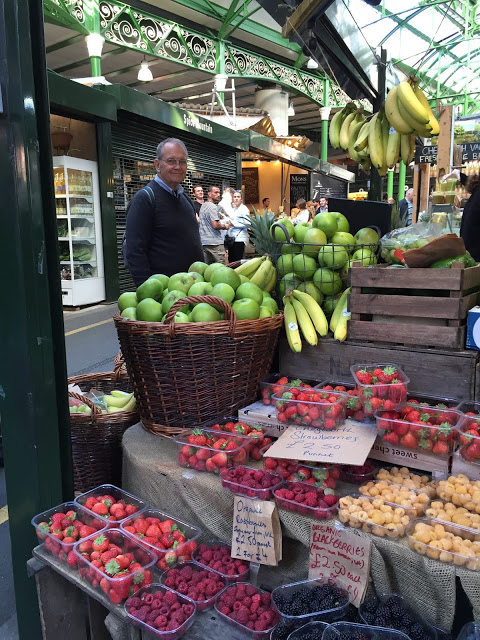
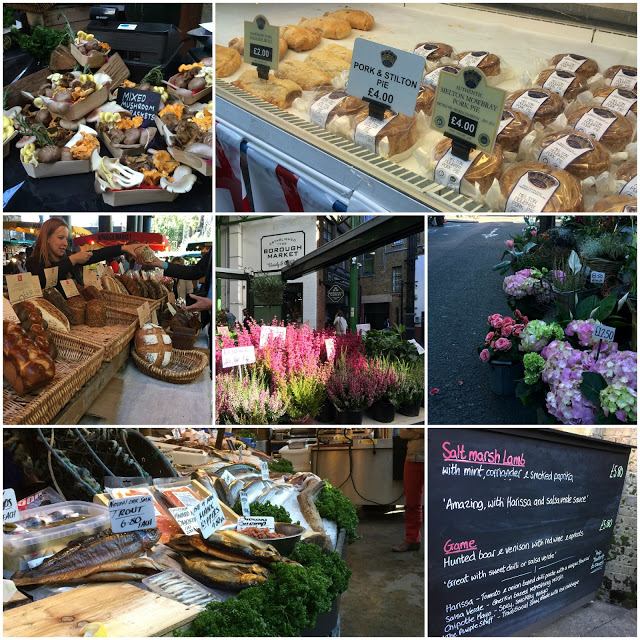
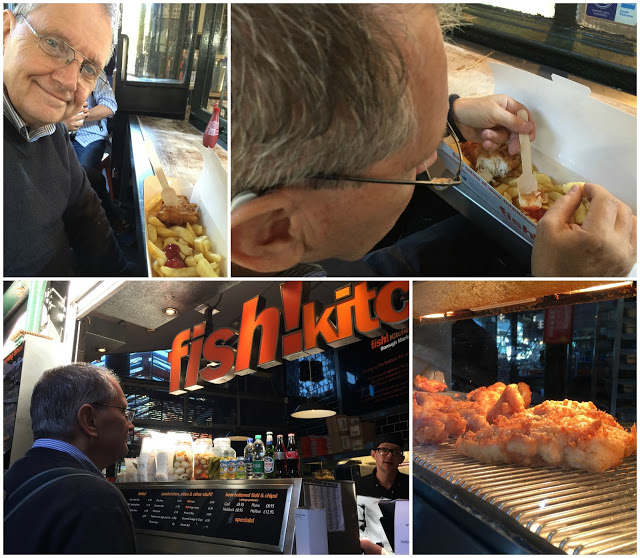
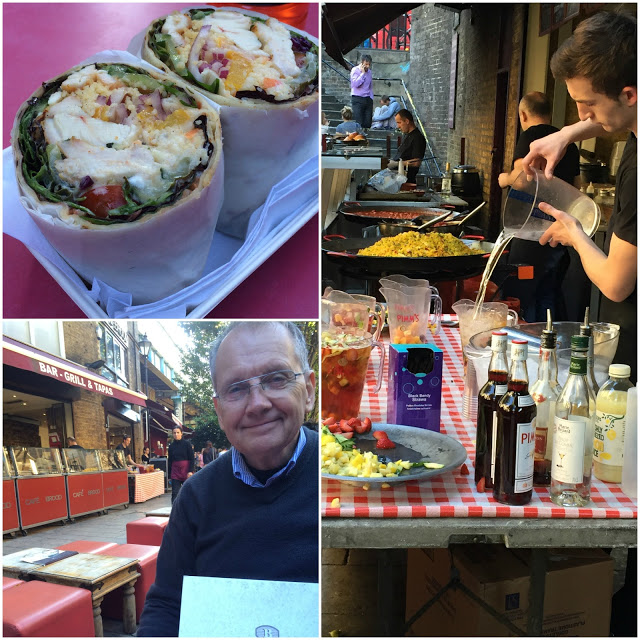

Sounds wonderful!
What a fun trip through this part of London! Certainly wouldn't have wanted to be thrown in the Clink – how awful! Man's inhumanity to man! Glad we have progressed a little since then.
What charming buildings and doors to explore. So adorable what you said about hubby – and to get to spend this time with him is the icing on the cake in life, isn't it!
Continue having a wonderful time.
gorgeous, everything just gorgeous. Had you not explained it I never would have pronounced Southwark Bridge correctly. That food sure does look good. I'm kind of hungry now
I think you have seen more than I have living in England all my life! This is making me long to explore London a bit more